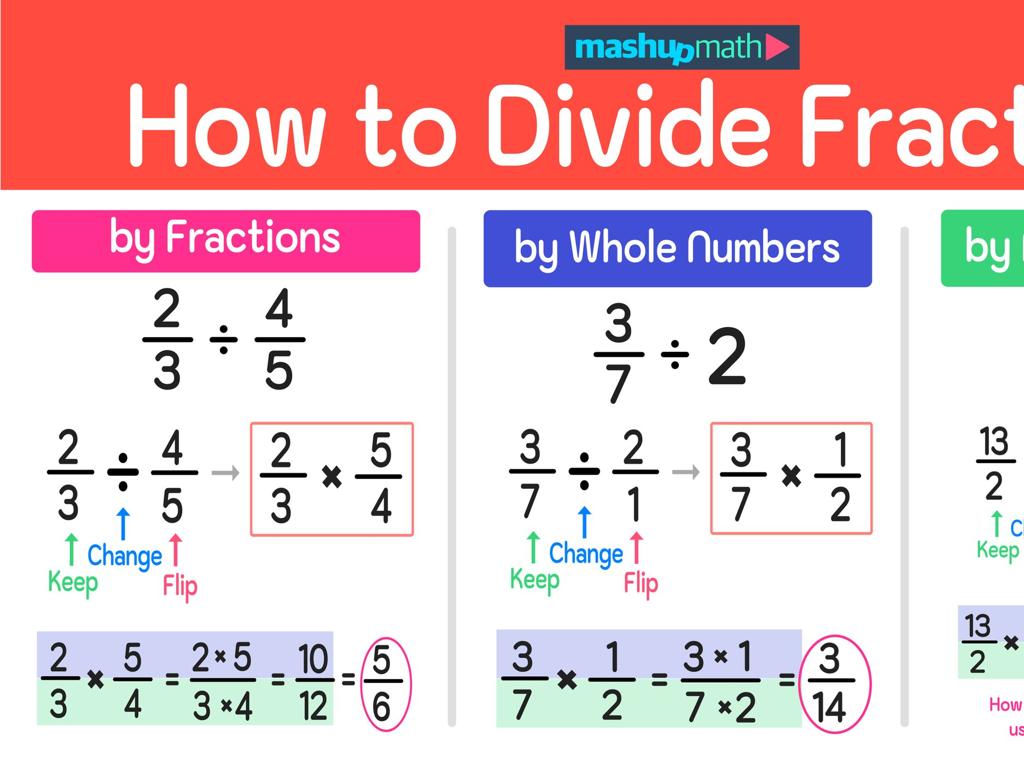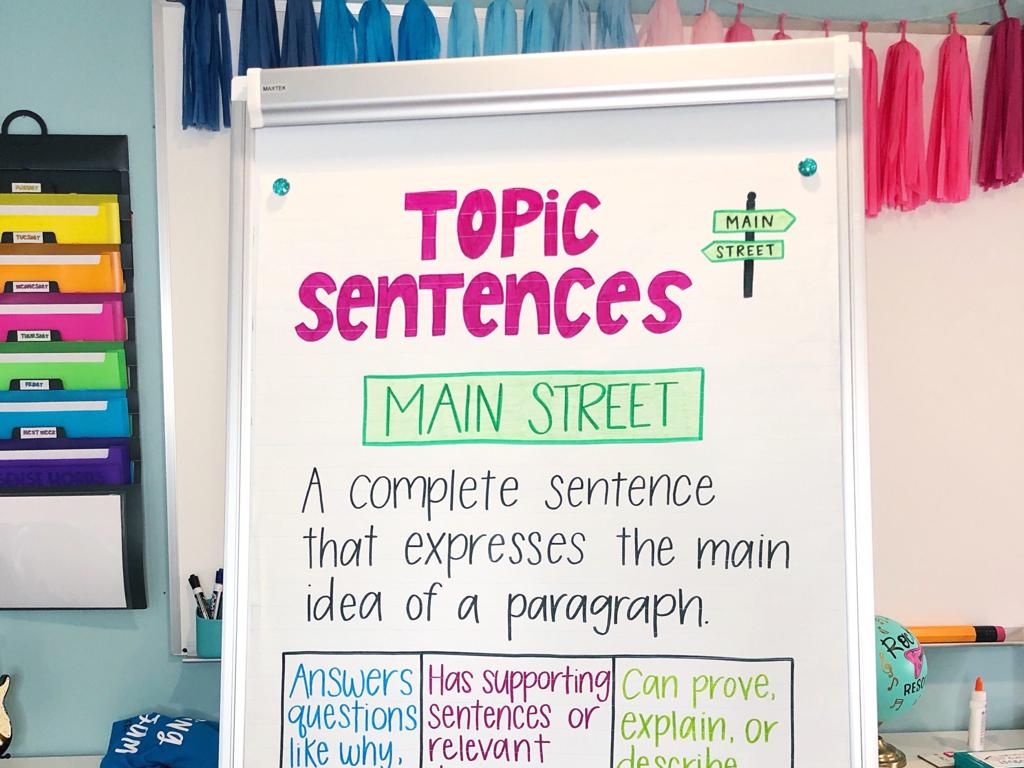Compare Two Numbers - Up To 10
Subject: Math
Grade: Kindergarten
Topic: Comparing Up To 10
Please LOG IN to download the presentation. Access is available to registered users only.
View More Content
Welcome to Math: Becoming a Number Detective!
– Understanding bigger and smaller
– Bigger numbers take up more space
– Numbers up to 10
– We will focus on numbers 1 through 10
– Comparing two numbers
– Use clues to find which is larger or smaller
– Fun activities to practice
|
This slide introduces the concept of comparing numbers to Kindergarten students. Start by explaining that some numbers are bigger, meaning they represent more of something, and some are smaller. Use visual aids like number lines or objects to show quantities up to 10. Engage the students by turning the lesson into a game where they become ‘Number Detectives’, looking for clues to decide which of two numbers is bigger or smaller. Prepare a set of fun activities such as matching games, number hunts, or using manipulatives to reinforce the concept. Encourage participation and praise their efforts as they learn to compare numbers.
What Are Numbers?
– Numbers for counting things
– They show quantity
– Counting 1 to 10 together
– Let’s practice counting with fun objects!
– Numbers in everyday life
– Numbers help us at the store, at home, and at school.
|
This slide introduces the concept of numbers to Kindergarten students. Start by explaining that numbers are symbols we use to tell us how many things we have. They help us understand quantity, whether it’s counting objects, determining how much of something we have, or knowing what comes first, second, third, and so on. Engage the students by counting together from 1 to 10 using visual aids like fingers, blocks, or images. Emphasize the presence and importance of numbers in everyday life, such as when shopping, organizing, or during routines. Encourage the children to look for numbers around them and bring examples to the next class.
Comparing Numbers: Big and Small
– Comparing shows differences
– Numbers can be big or small
– Which number is bigger: 2 or 8?
– Big numbers mean more
– 7 is more than 4 because 7 has more dots
– Small numbers mean less
– 3 is less than 5 because 3 has fewer dots
|
This slide introduces the concept of comparison in terms of numbers for kindergarten students. It’s important to explain that comparing is like playing ‘spot the difference’ where we look for what is not the same. Use simple, relatable examples like comparing the number of cookies on two plates to illustrate that bigger numbers mean more items and smaller numbers mean fewer items. Encourage students to use their fingers to represent numbers and visually compare which is more or less. This will help them understand the concept of quantity and number size. During the lesson, use real objects to count and compare, and ask the students to practice by comparing numbers up to 10.
Using Our Hands to Compare Numbers
– Show numbers with fingers
– Compare numbers on each hand
– Is one hand showing more fingers up?
– Find the bigger number
– The hand with more fingers up has the bigger number
– Find the smaller number
– The hand with fewer fingers up has the smaller number
|
This slide introduces the concept of comparing numbers using a hands-on activity suitable for Kindergarten students. Encourage the children to hold up fingers on each hand to represent different numbers up to 10. Ask them to compare the number of fingers on one hand to the number on the other hand to determine which is more and which is less. This visual and physical representation helps them grasp the concept of comparison. For the activity, have several examples ready where you show a number on one hand and a different number on the other, asking the students to identify the bigger and smaller number. You can also pair up students to practice this activity with a partner, making it interactive and fun.
Number Line Friends: Comparing Numbers
– Number lines show order
– Right is bigger, left is smaller
– Find numbers on the line
– Where does 5 live compared to 2?
– Practice comparing with a friend
– Use toys to represent numbers and compare
|
This slide introduces kindergarteners to the concept of a number line as a tool for comparing numbers up to 10. Explain that a number line is like a story where each number has its own place, and as we move to the right, the numbers get bigger, just like how they grow up. As we move to the left, the numbers get smaller, like when they were babies. Encourage the children to visualize the number line and find where different numbers ‘live’ on it. For the activity, pair up students and let them use toys or counters to represent different numbers and place them on a drawn number line on the floor or table. This hands-on activity will help them understand the concept of comparing sizes and reinforce their number recognition skills.
Let’s Play a Game with Numbers!
– Numbers on a seesaw
– Bigger numbers tip seesaw
– Like a heavier friend makes seesaw go down
– Guess the bigger number
– Example: 4 vs 7
– 7 is heavier than 4, so seesaw tips to 7
|
This slide introduces a game to help Kindergarten students understand the concept of comparing numbers up to 10. Use the seesaw analogy to explain that bigger numbers have more ‘weight’ and will tip the seesaw down on their side. Encourage the students to visualize the numbers 4 and 7 on a seesaw and guess which side will go down. This interactive approach helps them grasp the concept of number magnitude in a fun and engaging way. For the activity, you can have students draw their own seesaws and numbers or use manipulatives to represent the numbers. Other possible activities include using flashcards with different numbers or a simple computer game that simulates the seesaw effect with numbers.
Matching Game: Bigger or Smaller?
– Find two number cards
– Which number is bigger?
– Is 8 bigger than 3? Yes, so 8 is the bigger number!
– Guess correctly and keep the cards
– Have fun comparing numbers!
– Comparing helps us understand numbers better.
|
This slide introduces a matching game to help Kindergarten students compare numbers up to 10. Provide a set of cards with numbers 1 through 10. Students will choose two cards at random and determine which number is greater. If they guess correctly, they keep the cards as a reward. This activity reinforces number recognition and the concept of greater than and less than. It’s a fun and interactive way to engage students with numbers. Encourage them to articulate why one number is bigger than the other. For example, ‘8 is more than 3 because when I count to 8, I say more numbers than when I count to 3.’ Prepare to facilitate the game and ensure each student has a turn.
Class Activity: Number Hunt
– Let’s go on a Number Hunt!
– Find objects with numbers up to 10
– Compare numbers with a friend
– Use objects like blocks or books
– Decide which number is bigger
– Is 8 bigger than 5? How can we tell?
|
This interactive activity is designed to help Kindergarten students understand the concept of comparing numbers in a fun and engaging way. Students will search the classroom for objects that display numbers up to 10. They will then pair up with a classmate to compare the numbers on their found objects, discussing and deciding which number is larger. Teachers should facilitate the activity by providing examples of objects to look for and guiding students on how to compare numbers. Possible variations of the activity could include using number flashcards, comparing quantities of items, or even a scavenger hunt where students have to find a specific number of items. The goal is to reinforce number recognition and comparison skills in a collaborative setting.
Number Detectives: Comparing Numbers
– Congratulations, Number Detectives!
– Mastered comparing numbers up to 10
– Comparing is finding which is bigger or smaller
– Think: Is 6 bigger than 4? Look for clues!
– Keep practicing your number comparison skills
– Try comparing with objects like apples or toys
|
This slide is a celebration of the students’ achievement in learning how to compare numbers up to 10. It’s important to reinforce the concept that comparing numbers is like being a detective looking for clues to determine which number is bigger or smaller. Encourage the children to continue practicing by using everyday objects to compare quantities, which will help solidify their understanding. Remind them that they can use these skills in many situations, like sharing snacks equally or lining up from the tallest to the shortest. Celebrate their success and encourage them to keep practicing at home with their families.




/mla_works_cited_format.png)

